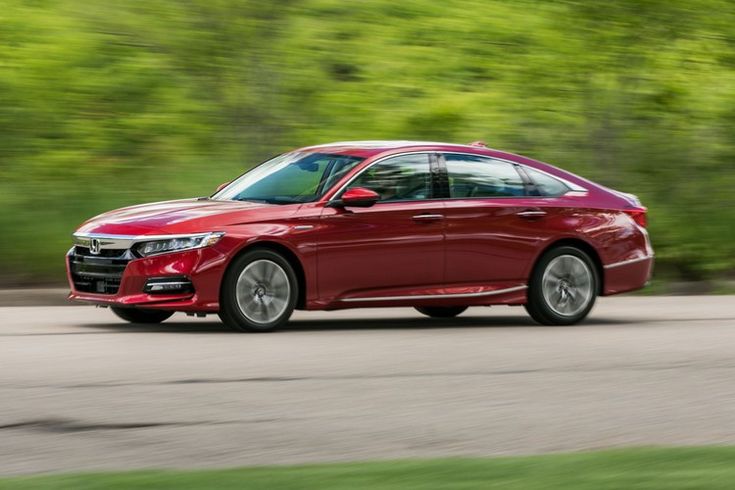As car enthusiasts, we obsess over horsepower, torque curves, turbochargers, and cutting-edge suspensions. But let’s be honest, what truly makes or breaks the daily driving experience isn’t always under the hood.
It’s often right at our fingertips. Controls. Buttons. Dials. The way a car communicates with its driver shouldn’t feel like deciphering an ancient code. It should be intuitive, tactile, and a joy to use. In an era overflowing with screens and software, a car’s usability matters more than ever.
There’s a real satisfaction in turning a volume knob that clicks just right, or tapping a climate control button that reacts instantly. You feel connected. Confident. But then there are the other ones, the cars that test your patience with sticky, laggy, or poorly placed buttons.
You jab at the touchscreen three times just to adjust the fan speed or curse a sticky toggle switch in traffic. That frustration builds fast, turning an otherwise stellar machine into a daily annoyance.
This blog dives deep into that tangible experience, spotlighting five vehicles that get it absolutely right, models with ergonomic layouts, satisfying feedback, and seamless interaction.
And for contrast, we’ll call out five that trip over their own dashboards, frustrating drivers with clunky interfaces and button panels that feel like afterthoughts. This isn’t just about aesthetics; it’s about control, comfort, and connection behind the wheel.
So buckle up, because we’re about to explore the cockpit experience in a way gearheads rarely talk about, yet feel every single time we drive. Whether it’s a well-loved volume dial or a sticky gear selector that haunts your morning commute, this is the kind of detail that separates an enjoyable drive from an aggravating one.
5 Cars With Easy-to-Operate Controls
Some vehicles are engineered with the driver in mind, not just under the hood but throughout the entire cabin. These are the cars where every button makes sense, every dial responds instantly, and every screen layout feels intuitive from day one.
It’s more than just design it’s usability perfected. From the tactile feel of rubberized knobs to touchscreen interfaces that don’t lag or distract, these vehicles remind us how vital interface design is to everyday driving pleasure.
The five models we’ve chosen don’t just work well; they excel. These cars eliminate distractions, reduce fatigue, and keep the driver in complete control with the kind of refinement you notice and appreciate on every trip.
Whether you’re commuting through city chaos or carving back roads, the simplicity and clarity of these controls make a huge difference. It’s proof that good ergonomics can elevate even the most mundane drive into something satisfying.
ALSO READ: 5 Cars With Long-Lasting Stitching vs 5 With Untangling Seams
1. 2024 Honda Accord
The 2024 Honda Accord continues to deliver on what it’s always done best, being one of the most driver-friendly sedans on the market. But this latest generation raises the bar in the way it handles in-cabin controls.
Honda didn’t just slap a bigger touchscreen on the dash and call it innovation. They thought carefully about what the driver needed, and they delivered it with precision and simplicity.
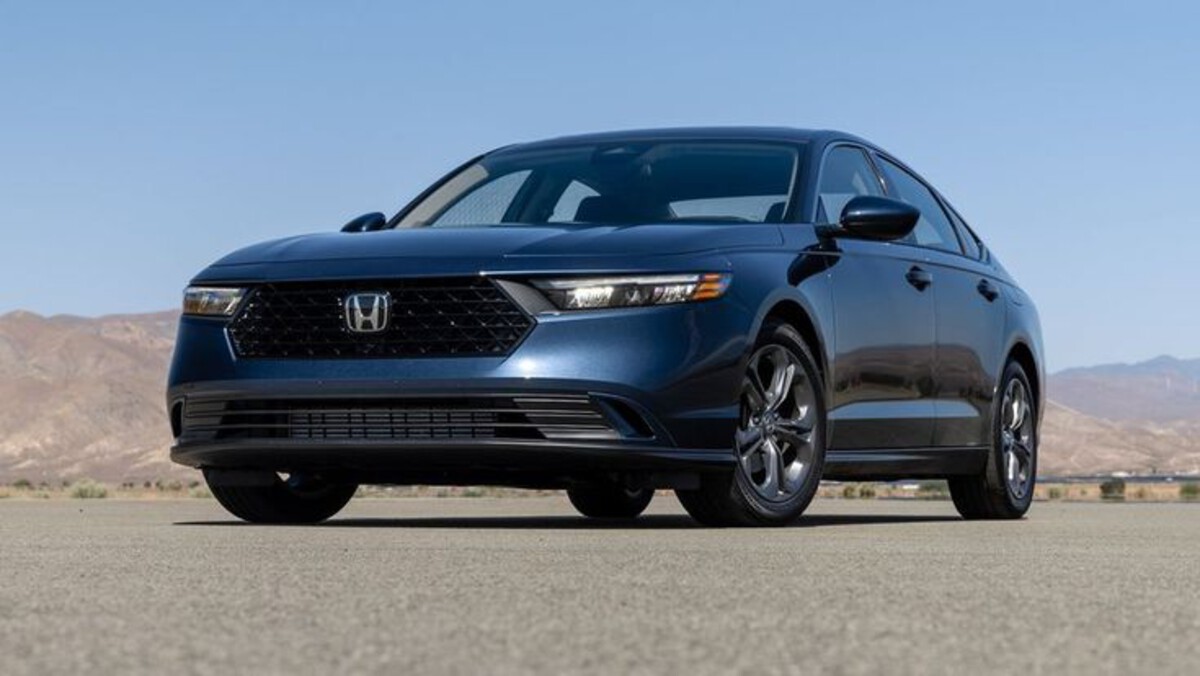
For starters, physical volume and tuning knobs remain front and center. They’re chunky, easy to reach, and offer satisfying tactile feedback with every click.
Still analog dials with a smooth, fluid rotation that make temperature adjustments easy without pulling your eyes off the road. Honda resisted the urge to bury basic functions behind digital menus, and thank goodness they did.
The 12.3-inch touchscreen is fast and smartly arranged. Large icons, quick responsiveness, and minimal menu depth mean even first-time users can navigate settings without hassle. Apple CarPlay and Android Auto are wireless, and the pairing process is effortless. Even better, the touch interface doesn’t lock you out of climate or drive modes, allowing for seamless multitasking.
Buttons on the steering wheel are sensibly placed and well-labeled, making it easy to cycle through menus, audio, or cruise settings without fumbling. Every input feels deliberate and polished, as if Honda’s engineers actually test-drove the final layout before production, because they probably did.
In a world of overly digitized, frustratingly minimal interiors, the 2024 Accord is a reminder that ease-of-use isn’t outdated. It’s essential. For drivers who crave a seamless blend of tech and tactility, this car hits the sweet spot and proves that practical design is still alive and well.
2. 2023 Mazda CX-50
The 2023 Mazda CX-50 is one of those vehicles that stirs the soul not only with its responsive chassis and refined powertrain, but also with a cockpit that’s built around the driver literally.
Mazda’s mantra of “Jinba Ittai,” meaning horse and rider as one, is baked into everything this crossover does, including how you interact with it. And nowhere is that philosophy more evident than in its clean, driver-focused controls.
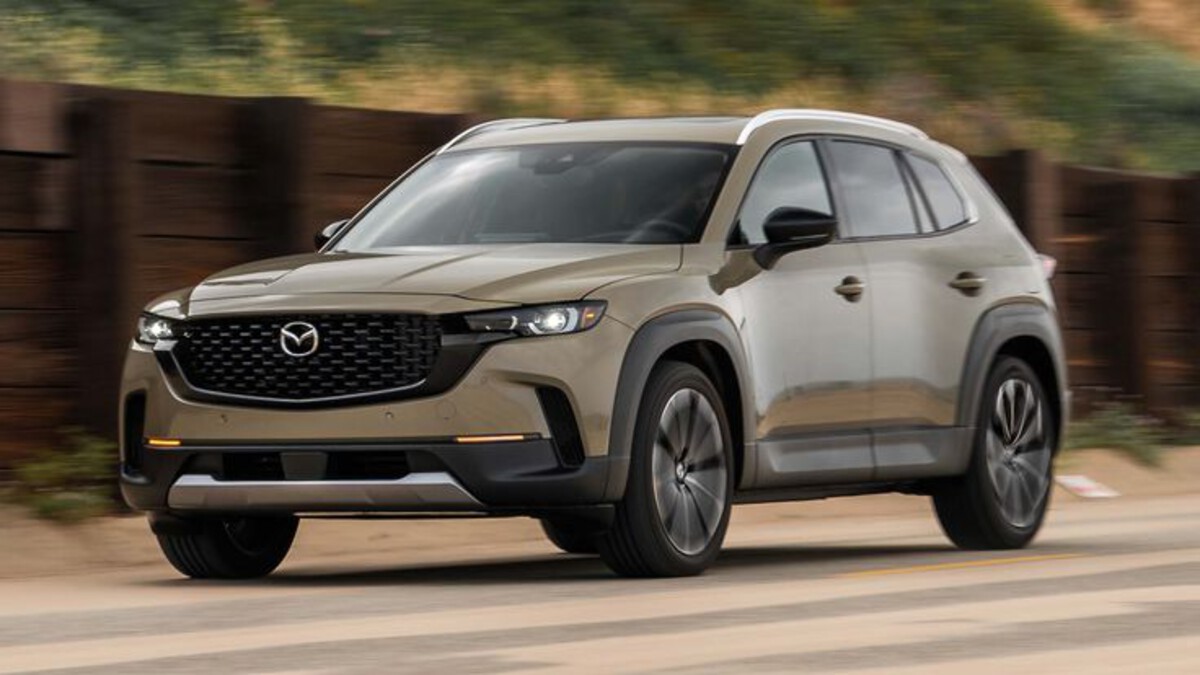
Mazda could have gone full touch-happy like many competitors, but instead, they chose a more deliberate approach. The center screen is a high-resolution 10.25-inch display, but it’s not a touchscreen.
Instead, you get a tactile rotary dial positioned right where your hand naturally rests. At first, that might seem old-school, but once you use it, it just works. There’s no reaching forward, no smudges, and no missed taps while driving.
The rotary interface is quick, intuitive, and responsive, with a layout that’s logically structured. You can scroll through navigation, audio, or phone settings without taking your eyes off the road for long. Supplementary hard buttons surround the dial for media and home access, making it easy to jump to the main menus with muscle memory alone.
Climate controls? Fully manual dials with satisfying weight and perfect resistance, not too light, not too stiff. There are no frustrating capacitive sliders or lagging digital menus here. Steering wheel buttons follow the same logic, with excellent spacing and high-quality feel.
The CX-50’s cabin makes you feel like the car is an extension of your body, not a puzzle you have to solve. Everything works how you expect it to, and that’s a rare achievement in today’s tech-obsessed market. For purists who value focus, flow, and function, this crossover nails the formula.
3. 2024 Toyota Camry
The 2024 Toyota Camry may be a staple of sensible sedans, but don’t let its reputation fool you. It’s far from boring when it comes to cabin usability. Toyota knows its demographic well, and instead of chasing trends, they’ve stayed committed to what works: tactile buttons, simple menus, and layout logic that borders on perfection.

The Camry’s dashboard is a refreshing sight, no clutter, no learning curve. Physical controls dominate the climate system, with clearly labeled, rubberized dials that feel durable and provide just the right amount of resistance.
Adjusting fan speed, temperature, or vent direction is something you can do without even looking once you get used to it. That’s the level of instinctive design that makes the Camry a joy to drive in traffic, on long road trips, or anywhere in between.
The infotainment screen, which can be either a 7-inch or optional 9-inch unit, is neatly tucked in without being an afterthought. Toyota’s user interface may not be flashy, but it’s fast and stable. Menus are shallow and consistent, with intuitive icons and fast load times. Wireless Apple CarPlay and Android Auto are included in upper trims, and pairing is smooth and reliable.
Even the steering wheel controls feel carefully arranged. Toyota hasn’t fallen into the trap of overloading it with a million tiny buttons. Instead, they prioritize essentials like audio volume, voice commands, and adaptive cruise settings. Everything reacts instantly and predictably.
The Camry is a masterclass in prioritizing function over flash. It’s not trying to reinvent the wheel, but instead perfects the one drivers already trust. If ease-of-use is at the top of your checklist, this sedan delivers that comfort day in and day out.
4. 2024 Subaru Outback
The 2024 Subaru Outback combines rugged capability with interior functionality in a way that continues to make it a favorite among adventure-seeking families and outdoor enthusiasts. But it’s not just its off-road chops and spacious cabin that win people over, it’s the fact that you can operate the entire vehicle without needing a tech degree.
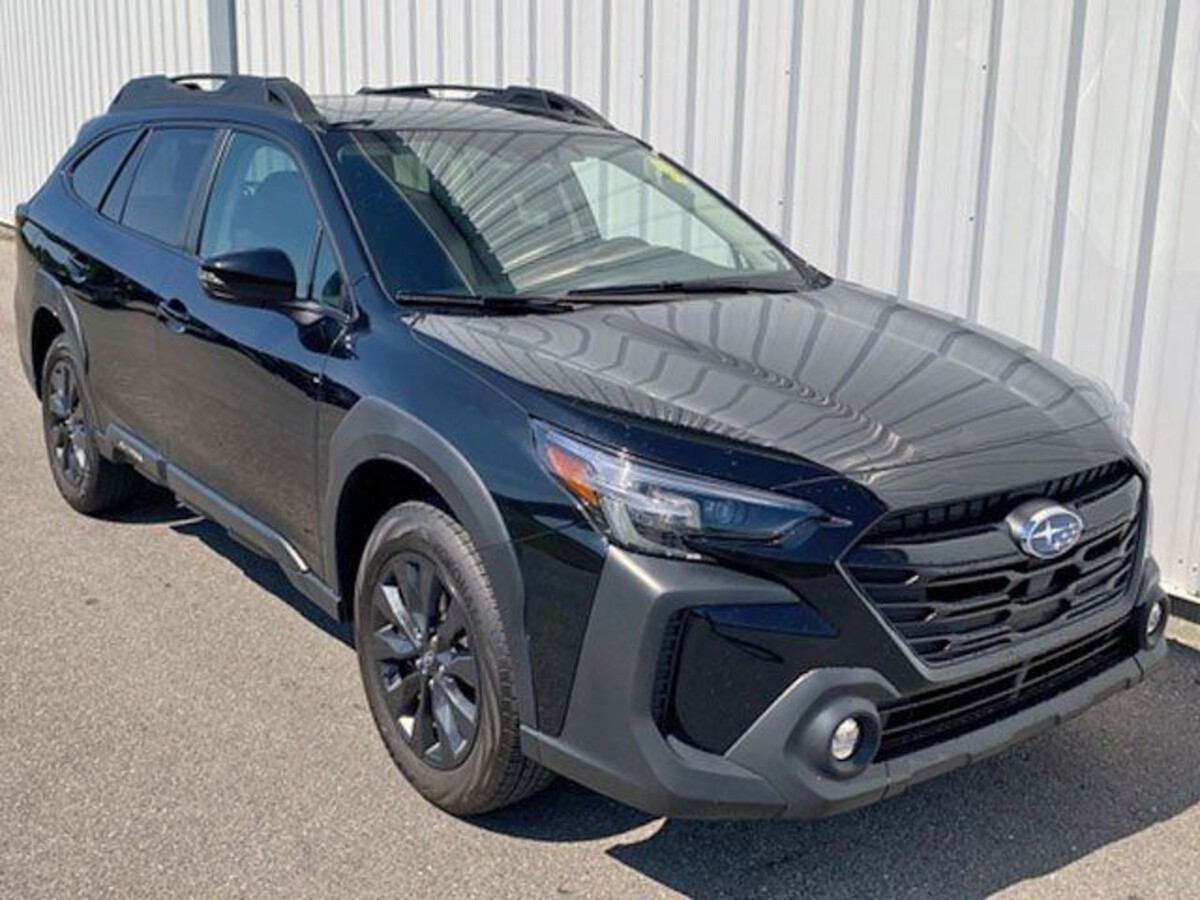
Subaru kept things refreshingly simple in the Outback. While a massive 11.6-inch vertically oriented touchscreen dominates the center stack on most trims, it doesn’t make the interface overly complicated.
Key climate controls like temperature, defrost, and fan speed still have permanent, physical buttons flanking the display. That means no swiping through pages just to heat up your feet on a frosty morning.
Subaru’s infotainment system is clean and intuitive. The icons are bold and responsive, and there’s minimal lag when navigating through audio or navigation menus. Subaru even splits the screen smartly so you can run multiple functions at once like maps on top and radio at the bottom. There’s no need to toggle between apps constantly.
Steering wheel controls are generous in size and clearly labeled, giving you command over voice, media, and adaptive cruise without crowding your thumbs. The buttons are spaced far enough apart to avoid accidental presses, which is huge when you’re wearing gloves or bouncing down a dirt trail.
Whether you’re commuting through city traffic or navigating a muddy forest road, the Outback keeps your interaction with the car straightforward and dependable. Subaru knows its audience, and it shows. The 2024 Outback proves that rugged doesn’t have to mean rough around the edgesespecially when it comes to controls.
5. 2024 Kia Telluride
The Kia Telluride has taken the midsize SUV segment by storm, and part of its appeal lies in just how effortlessly it does everything, including how you control it from the driver’s seat. The 2024 model continues to deliver a near-luxury experience without overcomplicating things, striking a perfect balance between modern tech and tactile satisfaction.
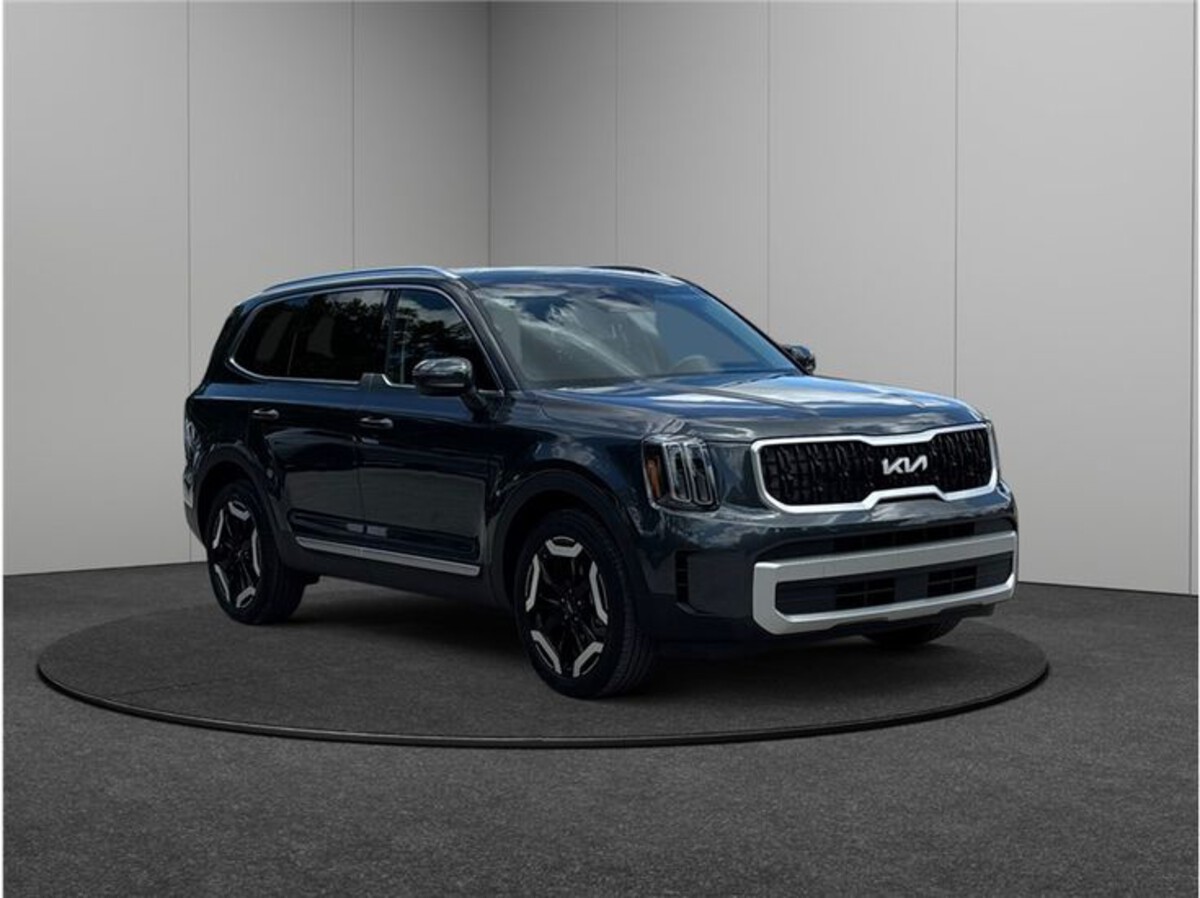
Right away, the dashboard layout makes sense. Kia incorporates a 12.3-inch infotainment screen that integrates beautifully without overwhelming the cabin. It responds swiftly to touch inputs, with crisp graphics and logically organized menus.
Unlike some competitors, Kia doesn’t hide important controls behind submenus. There’s a row of clean, physical buttons and toggles right underneath the screen, always available and easy to reach.
Volume and tuning knobs are front and center, with a metallic texture and clickiness that feels far more upscale than the price tag would suggest. Every action, from adjusting seat ventilation to selecting a media source, happens smoothly and without delay.
The steering wheel layout deserves applause. Buttons are clearly labeled, with enough spacing to avoid confusion. You get controls for media, voice, cruise, and even your digital instrument cluster without the over-sensitivity that plagues other brands.
Even rear passengers benefit from intuitive controls for their climate zones, proving that Kia considered the whole cabin experience. The Telluride doesn’t try to dazzle you with gimmicks; it just makes everything easy to use, easy to find, and easy to enjoy.
For families, road trippers, or anyone who values clarity and control, the 2024 Telluride is the SUV equivalent of a well-oiled machine, clean, crisp, and always in sync with the driver.
5 Cars With Sticky Buttons
And then there are the offenders. The cars that make you question whether the designers ever actually drove the thing. You know the type those models where buttons jam or respond only after a forceful jab, where digital controls replace perfectly functional dials, or where menus bury essential functions under layers of confusing interface. It’s not just a matter of inconvenience. It’s downright maddening.
These five vehicles, unfortunately, drop the ball. They burden the driver with controls that feel outdated, sticky, or simply overengineered. Instead of enhancing the driving experience, they get in the way, turning basic interactions into exercises in frustration.
Whether it’s a laggy infotainment system, cheap-feeling plastic buttons, or poorly placed toggle switches, the result is the same drivers left fuming in traffic, not due to road rage but dashboard rage. These cars serve as a warning that even a powerful engine can’t redeem a poor user experience.
ALSO READ: 5 Cars With Strong Seat Frames vs 5 With Broken Seat Rails
1. 2021 Chevrolet Malibu
The 2021 Chevrolet Malibu had potential. It’s a mid-size sedan with decent looks and a smooth ride. But once you get inside and try to interact with it, you quickly realize that user-friendliness wasn’t high on the priority list. The control layout feels dated, and worse, it doesn’t function well in day-to-day driving.
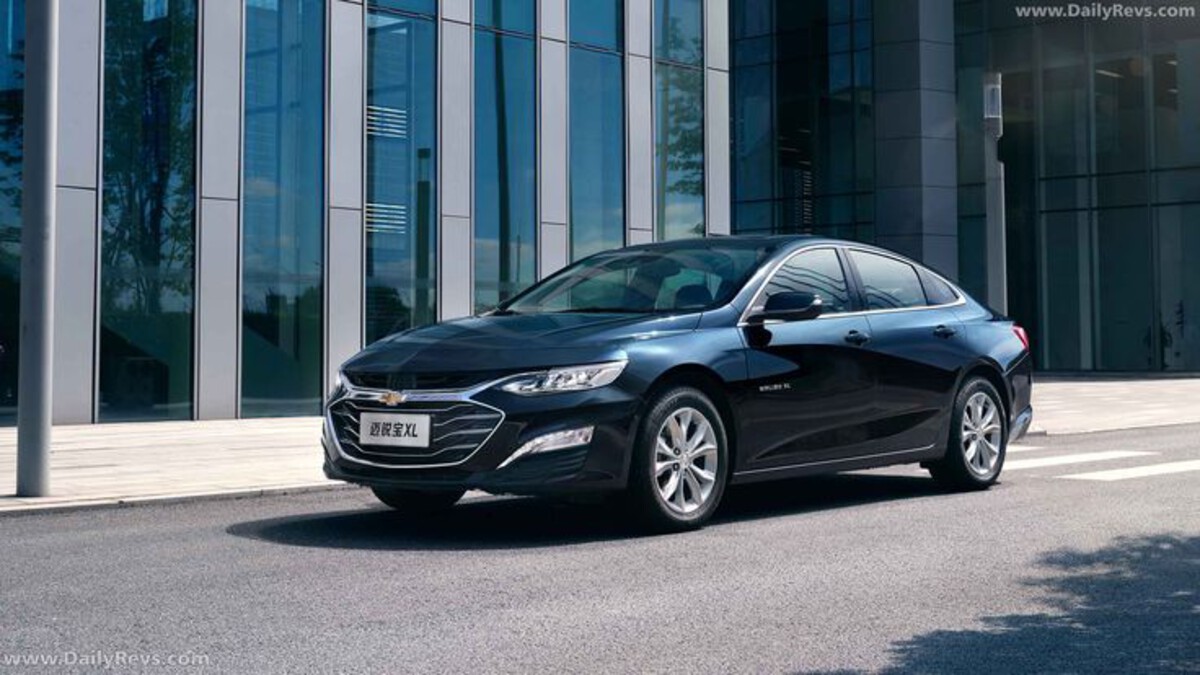
One of the main complaints? The buttons feel cheap and prone to sticking, especially on the center stack. Climate control functions rely on small, shallow push buttons that have almost no feedback. You press a temperature button, and sometimes nothing happens. Other times, you accidentally activate the defroster or fan increase because of the close proximity and vague layout.
The infotainment screen is also underwhelming. Though Chevrolet’s software isn’t inherently bad, the lag and occasional input delays ruin the experience. Switching between menus can take a beat longer than you’d expect, and when you’re driving, even that split second can feel like forever.
The physical volume and tuning knobs are small and have a rough texture that feels cheap. There’s no satisfying tactile sensation just plastic turning on plastic. Steering wheel buttons follow suit. Their spongey feel and vague actuation make it tough to know if you’ve pressed something or not. Combine that with an occasionally unresponsive Bluetooth system and you’re left with a car that frustrates more often than it delights.
The 2021 Malibu is proof that even a simple, affordable sedan can trip over basic functionality. While it might get you from A to B, don’t expect the ride to be pleasant when you’re fighting the very controls meant to make your drive easier.
2. 2022 Jeep Renegade
The Jeep Renegade tries to blend off-road flair with urban practicality, but it ends up stumbling hard when it comes to control usability. The 2022 model, while visually quirky and fun from the outside, suffers from an interior that feels more like an afterthought. Its controls are clunky, and many buttons behave more like relics from a decade ago than parts of a modern SUV.

The biggest offender is the center stack. The buttons for climate control are too small and too closely spaced, making it easy to press the wrong one, especially when wearing gloves or driving on bumpy roads. And even when you do hit the right one, the feedback is inconsistent. Some buttons feel mushy. Others stick slightly or require more force than they should.
The touchscreen system isn’t much better. The Uconnect interface usually gets praise in larger Jeep models, but in the Renegade, it lags behind. The screen is slow to respond, and swiping between menus or selecting audio sources can feel like navigating a budget tablet from five years ago. It’s frustrating when you’re trying to do something as simple as change your music or use navigation.
Even the steering wheel controls fall short. They’re positioned awkwardly, making it difficult to use them without shifting your hand in a weird way. On top trims, you even get buttons behind the wheel but without clear markings, they become guesswork.
The 2022 Renegade might look adventurous on the outside, but inside, it’s a daily battle with poorly engineered controls. For a brand that prides itself on ruggedness, Jeep should know that even the toughest trails are easier to face when your car actually listens to your inputs without a fight.
3. 2021 Nissan Sentra
The 2021 Nissan Sentra may offer decent value and sleek design, but its cabin ergonomics leave plenty to be desired. While it improved in appearance over its predecessor, the physical experience of using its controls falls short. It’s a textbook case of form over function, and not in a good way.
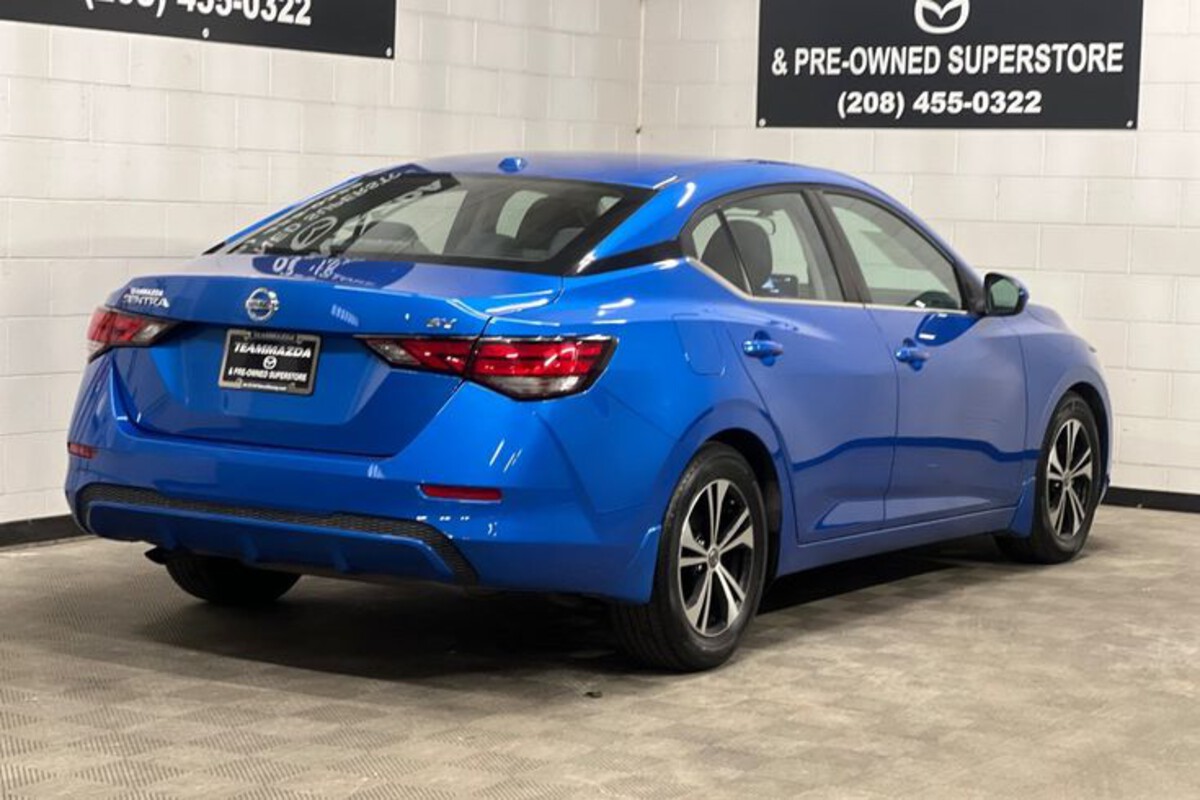
Let’s start with the infotainment system. It features a 7-inch or 8-inch screen, depending on the trim, but it’s not the size that’s the problem; it’s the response time. Laggy input, glitchy Bluetooth, and the need to press multiple times just to select a function make this system feel outdated. Navigating menus becomes a task, and when you’re behind the wheel, that’s not just annoying, it’s distracting.
Now to the climate controls. While they do include some physical knobs, the accompanying buttons feel soft and flimsy. The texture is slippery, and the button throw is too shallow. Sometimes, you need to press them more than once to activate, especially for toggles like fan direction or rear defrost.
The steering wheel doesn’t help matters. The controls are compacted into small, oddly shaped areas that make it tough to navigate menus or adjust audio on the fly. They also lack positive feedback, so you’re left wondering if your command registered until the system catches up.
All this adds up to a car that looks composed but feels clumsy. When you’re commuting, little annoyances like sticky buttons and vague inputs become daily frustrations. Nissan missed the mark by not investing more in the tactile experience of interacting with the Sentra. It’s not that the car is broken it’s just that it never fully cooperates.
4. 2022 Ford EcoSport
The 2022 Ford EcoSport feels like a leftover from a past generation trying to wear a modern face. Unfortunately, the dated platform also brings a frustrating user interface filled with sticky buttons and clumsy controls that make the driving experience feel more like a compromise than a convenience.
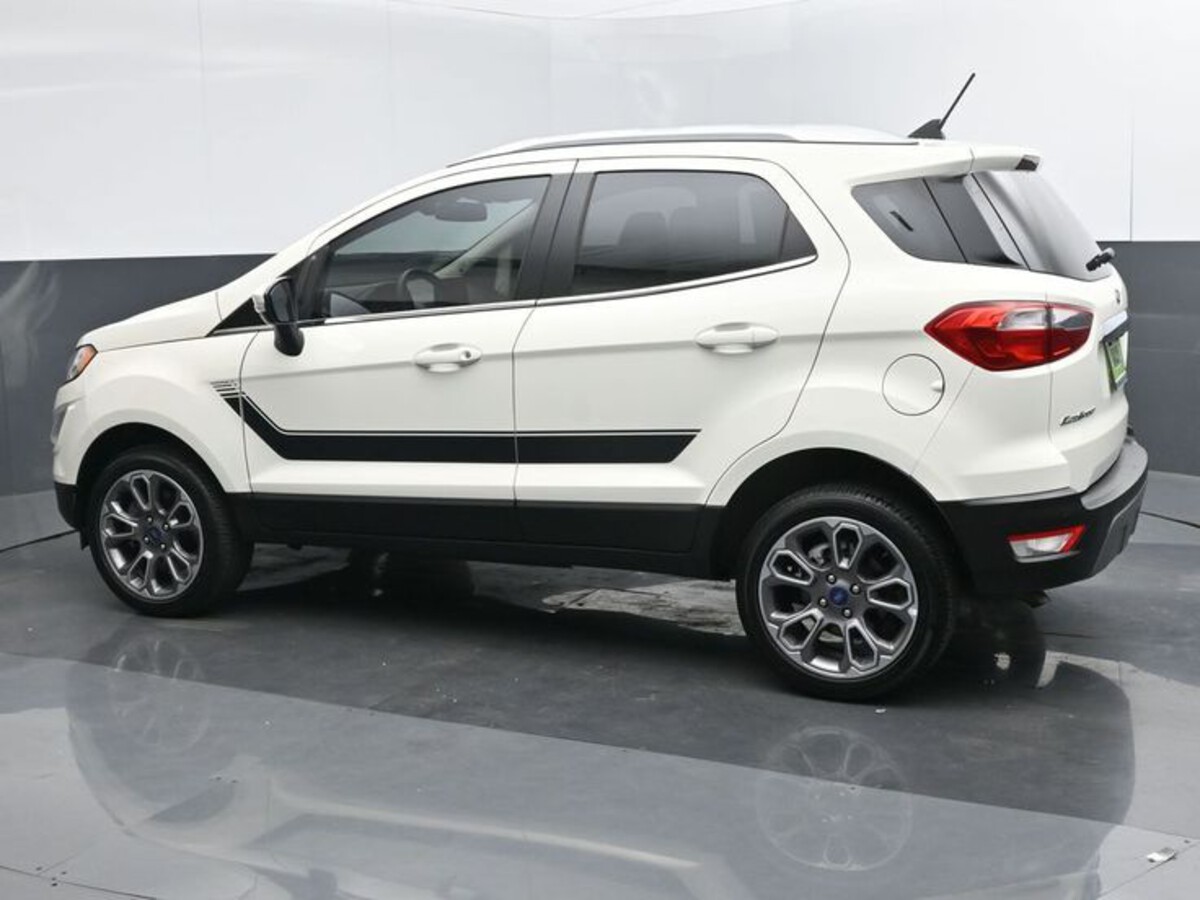
Ford’s SYNC 3 infotainment system is relatively capable, but the hardware behind it doesn’t keep up. The small 8-inch screen feels cramped and has noticeable input delay. Switching between menus, adjusting audio settings, or activating voice commands often requires multiple attempts. And when you’re on the go, that delay becomes a big distraction.
The center stack is a mess of small plastic buttons too many crammed into a tight space. These buttons, especially for media and navigation shortcuts, feel like they belong in an early-2000s model. They lack texture, stick over time, and offer little to no tactile confirmation.
Even climate controls suffer from awkward ergonomics. The tiny toggle switches for temperature and fan speed often need a firm press, and they don’t always respond the first time. The layout isn’t intuitive, forcing you to look down just to adjust something basic.
Steering wheel controls are overloaded and too small, which leads to frequent mispresses. They also feel rubbery, and some wear quickly after regular use. For a subcompact SUV that’s meant to simplify urban mobility, the EcoSport overcomplicates the basics.
The 2022 EcoSport is a lesson in how outdated design can drag down the entire experience. No matter how nimble it is in the city, fumbling with buttons and dealing with interface lag turns every trip into a test of patience.
5. 2021 Volkswagen Jetta
The 2021 Volkswagen Jetta walks a strange line. It wants to be a sleek, German-engineered compact with an upscale feel. But in its quest for minimalism, it strips away the tactile quality and user-friendliness that VW once got so right. What’s left is a cabin that looks clean but operates like it’s unfinished.
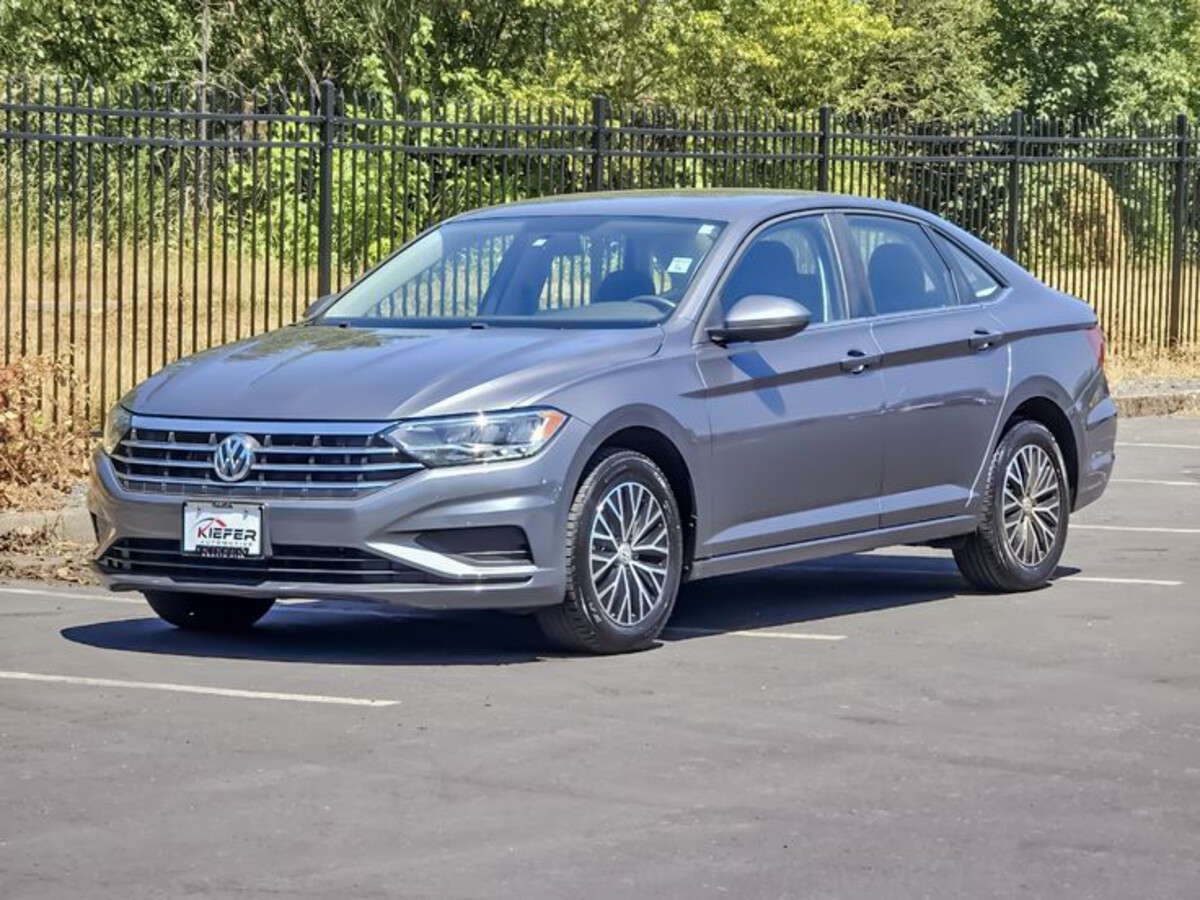
Volkswagen leaned heavily on touch-sensitive panels in this generation of the Jetta, especially around the infotainment and climate zones. Gone are the chunky, responsive knobs of older VWs.
Flat, flush-mounted buttons that often feel unresponsive. You tap to adjust temperature or toggle through fan settings, but the feedback is inconsistent. Sometimes the button activates, sometimes it doesn’t and you’re never quite sure what happened until you glance at the screen.
The infotainment screen itself is glossy and modern-looking, but fingerprints build up fast, and the menus aren’t particularly intuitive. Basic functions like audio selection or navigation access often require multiple taps and screen transitions. You lose precious seconds and attention just trying to get it to do what you want.
Steering wheel controls are better but not without issues. The haptic-touch-style buttons lack the satisfaction of a true mechanical click. They look futuristic but feel vague, which is a problem when you’re adjusting volume or cruise settings by feel alone.
Volkswagen tried to modernize the Jetta’s cabin but instead created a frustrating interaction loop. The car may drive well, but its touch-first control strategy sacrifices usability. It’s a perfect example of how minimalism, when done without regard for feedback and ergonomics, can actually subtract from the experience.
Where Touch Meets Torque: The Interface Matters
We talk a lot about engine specs, suspension geometry, and quarter-mile times. But it’s easy to overlook one of the most essential aspects of the driving experience: how you physically interact with your car.
A vehicle can have perfect weight distribution and a growling V6, but if the buttons on the dash feel like melted crayons, the experience is tainted. That tactile connection, that split-second interaction between a driver and machine, matters more than most automakers seem to admit.
The cars that got it right like the Accord, CX-50, Camry, Outback, and Telluride understand that intuitive design breeds confidence. You don’t have to guess. You don’t have to jab at a screen or hope your finger landed on the right digital tile. Everything just works. Those cars make it easy to settle in, focus on the road, and enjoy the drive without distraction.
Then there are the disappointments. The Jetta, EcoSport, Sentra, Renegade, and Malibu show how much poor design can get in the way of an otherwise solid vehicle. When buttons stick, lag creeps in, or you need three taps to change a setting, frustration builds fast. It breaks the flow. It turns what could be a pleasant drive into a tedious, twitchy ordeal.
For automotive purists and everyday drivers alike, controls are more than convenience they’re a key part of the machine’s character. Whether it’s a beefy volume knob or a climate dial that clicks just right, the small stuff adds up. That tactile satisfaction? It’s not optional. It’s the connective tissue between the driver and the car.
So the next time you’re shopping for a vehicle, don’t just pop the hood push a few buttons, turn a few dials, and ask yourself: does this car feel right? Because when controls hit the sweet spot, the whole machine comes alive.

